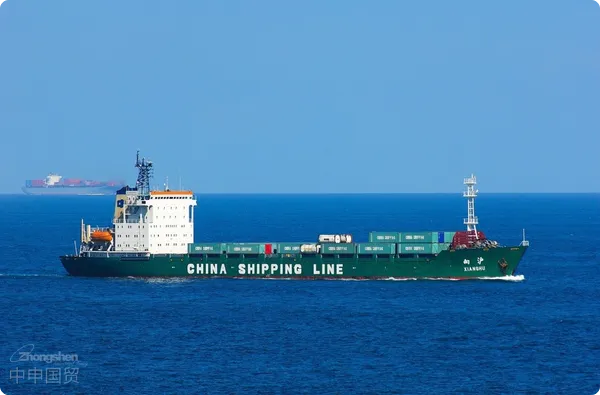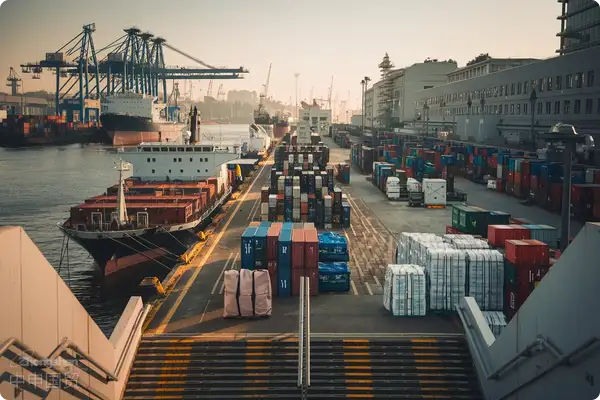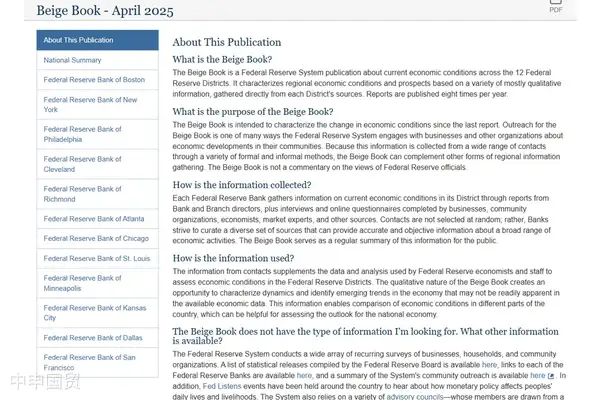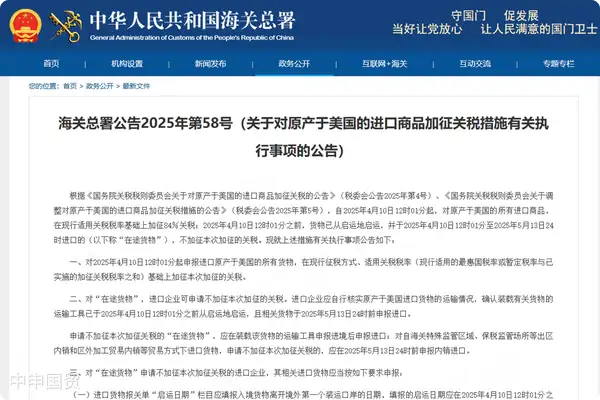- Shanghai Zhongshen International Trade Co., Ltd. - Two decades of trade agency expertise.
- Service Hotline: 139 1787 2118

Complete setsequipment. For example, Indonesia has the SNI certification, Thailand has the TISI certification, and the Philippines has the BPS certification. It is necessary to confirm in advance the equipment voltage (such as 380V/50Hz in Thailand), the compatibility of the CE certification, and the proof of environmentally friendly materials.the invisible threshold,
According to the statistical data released by the General Administration of Customs of China in January, 2025, the import clearance time for industrial equipment products has been extended by 2.3 working days compared with the same period last year. Among them, the proportion of detention cases caused by classification disputes reaches 37%. This exposes the particularity of complete sets of equipment imports:The characteristics of complex technical parameters, diverse component composition, and dynamic changes in regulatory requirementsmake it difficult to directly apply traditional experience in goods import.
Disassembly of key nodes in the whole process
The import of typical complete sets of equipment includes four stages:
- Pre - filing stage
- Pre - classification of HS codes (Equipment structure drawings need to be prepared)
- Application for import license (involving3CVerification of the certification catalog)
- Tax exemption and reduction filing (in line with the Guidance Catalogue for Industrial Structure Adjustment 2025 edition)
- International Shipping Stage
- Design of special packaging scheme (The shock - proof level needs to reach the ISTA 3E standard)
- Planning of transportation route (Avoid high - temperature and high - humidity ports)
- Equipment disassembly strategy (Meet the container loading specifications)
Risk matrix and response strategies
By sorting out the dispute cases in the past three years, we found that the main risks are concentrated in:
- Technical standard conflicts: Differences between EU CE certification and GB 5226.1 standard
- Disputes over transportation losses:Maritime TransportationDisplacement of precision components caused by vibration
- Differences in classification determination: Judgment of the main function of multi - functional equipment
Professional agency companies implementPre - inspection mechanism(Such as entrusting SGS for pre - shipment inspection),Combined transportation insurance plan(With additional vibration damage insurance),Application for pre - ruling of classificationMeasures like these can reduce the risk probability by more than 85%.
Criteria for selecting agency services
Qualified agent institutions should possess:
- Customs AEO Advanced Certification qualification
- Import case database for specific industries (such as semiconductors/Medical EquipmentEquipment)
- Emergency response mechanism (ability to resolve classification disputes within 72 hours)
- Global service network (mainlyEquipment ExportEstablish branches in the country)
Key points of policy response in 2025
- Adjustment of customs classification rules: Multifunctional machine tools are classified according to their cutting functions
- Dynamic management of AEO certification: New cybersecurity compliance requirements added
- Update of environmental protection standards: The requirement for the biodegradation rate of lubricants is increased to 98%
- Proportion of local inspections: The inspection rate in the Yangtze River Delta region is reduced to 12.5%
Facing the increasingly complex regulatory environment, choosing an agency with professional technical decoding capabilities and risk handling experience has become a core element in ensuring the timeliness of complete sets of equipment imports and cost control. Importers are advised to focus on theTechnical document processing capabilityandCustoms dispute settlement cases, and establish a long - term collaborative mechanism to respond to market changes.
Related Recommendations
? 2025. All Rights Reserved. Shanghai ICP No. 2023007705-2  PSB Record: Shanghai No.31011502009912
PSB Record: Shanghai No.31011502009912










